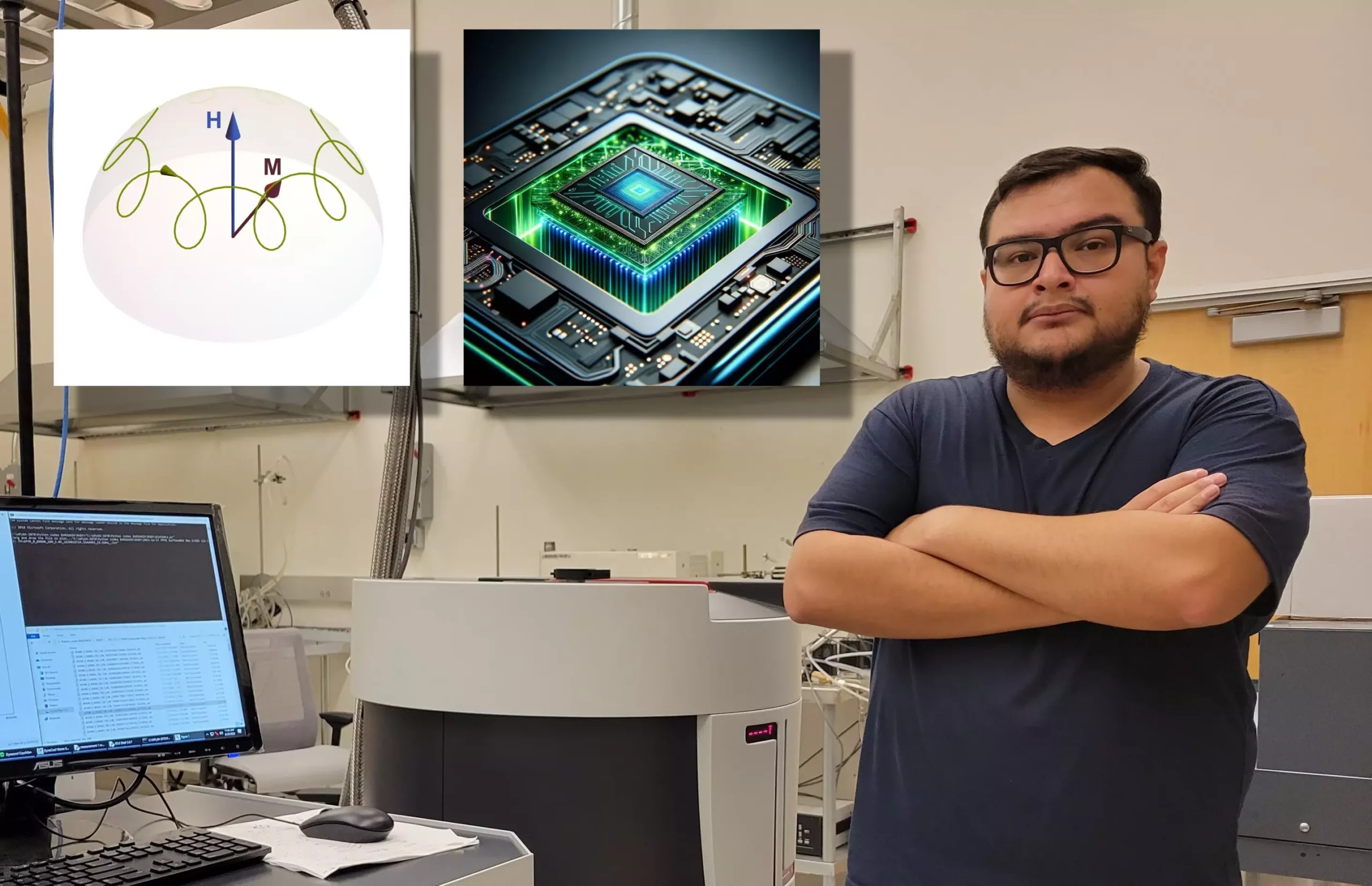A recent study led by researchers at the University of California, Riverside, has opened up new possibilities in the field of magnetism. The research, titled “Spin inertia and auto-oscillations in ferromagnets,” has been published in Physical Review Letters and is considered an editors’ suggestion. This breakthrough has the potential to revolutionize the way we use ferromagnets in ultra-high frequency applications.
Ferromagnets are materials in which electron spins align in the same direction, creating what are known as spin waves. These spin waves play a vital role in emerging computer technologies by processing information and signals. The recent research has shed light on the importance of these spin waves and how they can be manipulated to achieve terahertz frequencies.
One of the key findings of the study is the concept of spin inertia, which introduces a second time-derivative in the equation of motion for spins. This phenomenon, known as nutation, occurs at ultra-high frequencies and holds promise for future communication and computation technologies. By harmonizing spin-current-driven dynamics and spin inertia, researchers have discovered new ways to utilize the potential of ferromagnets.
The ability to excite nutational auto-oscillations in ferromagnets using spin currents has significant implications for the future of technology. These self-sustained oscillations could lead to next-generation computation and communication technologies that operate at speeds a thousand times faster than current devices. This discovery opens up a realm of possibilities for the development of ultra-high frequency applications.
While the research has shown promising results, there are still challenges to overcome in the field of spin behavior in ferromagnets. Despite advancements in spin currents and materials engineering, there is still much work to be done to fully exploit the potential of these materials. However, the recent confirmation of nutation and the parallel between ferromagnets and ferrimagnets offer exciting opportunities for technological innovation.
The research conducted by the team at the University of California, Riverside, represents a significant step forward in our understanding of spin behavior in ferromagnets. By harnessing the power of spin waves and spin inertia, researchers have paved the way for the development of ultra-high frequency applications. As we continue to explore the possibilities of magnetism, the future of technology looks brighter than ever.


Leave a Reply